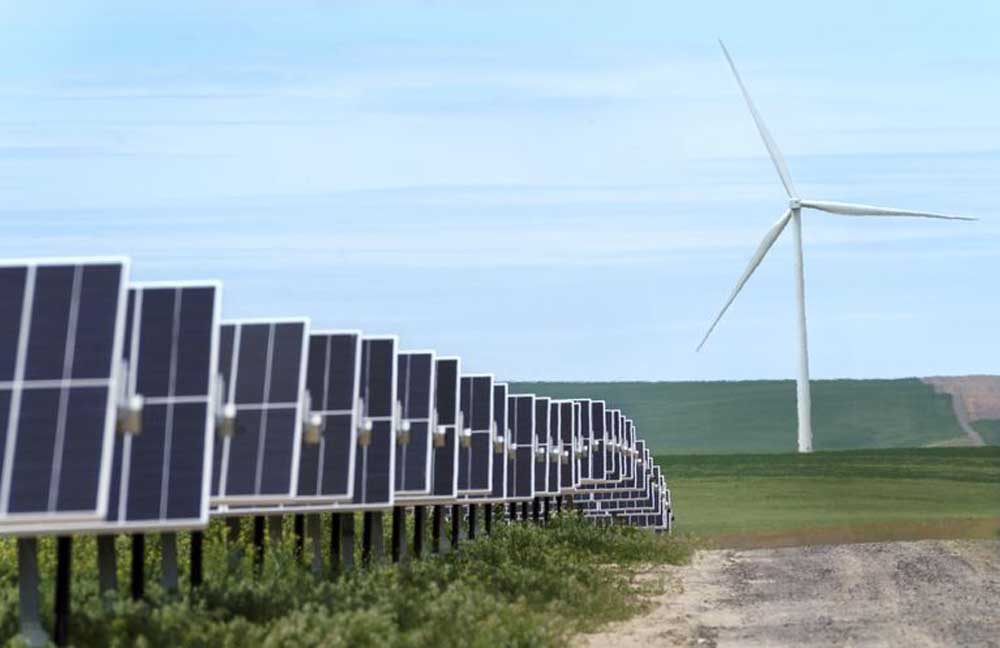Democrats: ‘In many ways recycling only kicks the can down the road’
Published 10:16 am Friday, September 27, 2019

- Photo Credit Pixabay
What should be done about plastic pollution?
Plastic is a material composed of synthetic or semi-synthetic organic compounds that are malleable and can be molded into solid objects. Production of plastics has exploded over the past 100 years since the development of the first plastic — Bakelite — and production has steadily increased. In 2015, production of plastics was 381 million metric tons, or about 150 pounds for every man, woman and child on the planet. To date we have produced more than 8 billion metric tons of plastic worldwide amounting to more than one metric ton of plastic per person. Concerns regarding plastic waste have accelerated as the extremely slow rate of decomposition of plastics has been recognized and large masses of plastic garbage has begun to appear on the ocean surface.
Plastic is not a natural product and does not degrade naturally. Plastic usually takes 400 years or more to degrade, with most of the plastic ending up as extremely small particles of plastic, invisible to the naked eye, rather than fully decomposing. Fishing line can take 600 years, disposable diapers 450 years and plastic bags either a 1,000 years if buried or four years if exposed to light.
The Great Pacific Garbage Patch is the largest of the five offshore plastic accumulation zones in the world’s oceans. It is located halfway between Hawaii and California. I encourage everyone, if they have not already, to look at images of this patch easily accessible on the internet (www.youtube.com/watch?v=QHK2Zg5OibI). It is a floating garbage dump twice the size of Texas. Garbage from the 1960s and ‘70s is still floating there. Sea turtles in the area of the GPGP have up to 74% of their diet composed of ocean plastics. Albatross chicks in the area have 45% of their wet mass composed of plastics. It is inevitable that within a few years the weight of ocean garbage worldwide will outweigh the total weight of all the fish (including whales) in the oceans. Although only 10% of the world’s plastic makes it to the ocean it gives us a visual clue to what is happening on land as well, just better hidden.
Microplastic particles, most of which are too small to be seen with the human eye, are now everywhere and are a hot area of research in regard to human health. Recent studies suggest that people consume 39,000-52,000 microplastic particles per year, or the equivalent of a credit card every week, mostly from water and food but also as dust particles in the air. Unseen artificial plastic is everywhere in the natural world. The health effects are not yet understood.
The realistic options for
addressing this issue are recycling, incineration, landfills and alternative biodegradable materials. In many ways recycling only kicks the can down the road. Most recyclable plastics are only suitable for recycling once so recycling typically delays rather than prevents plastic disposal to landfill or incineration. Landfills are expensive when managed appropriately and eventuallyresult in greenhouse gases and leach polluted water. It is hard to return such land to productive use. Incineration can result in greenhouse gases and significant air pollution — but well engineered, technologically sophisticated incinerators much less so. Techniques such as gasification (turning plastic into natural gas) and phyrolysis (turning plastic into diesel) are being actively studied but have large technological barriers.
What about biodegradable materials like paper, cardboard or cotton? Given that almost half of all plastic waste is generated from packaging bodes well for substitute materials. Random possibilities include shipping in cardboard boxes instead of plastic, bottled water in glass or aluminum containers that are indefinitely recyclable, and cornstarch shipping peanuts. Forestry suppliers ship all items with cornstarch peanuts that I put in the compost bin. They disappear as sugar with the first rain.
My hopes for the future are (1) substitution of biodegradable or infinitely recyclable materials for plastic wherever possible, (2) public will to fund private-sector high-tech incineration facilities, and (3) waste management infrastructure structured with financial incentives to create highly efficient alternatives to landfills with all compostable materials composted and returned to the soil. As usual we must incentivize doing the right thing.
The Union County Republicans did not submit a piece for this topic.









